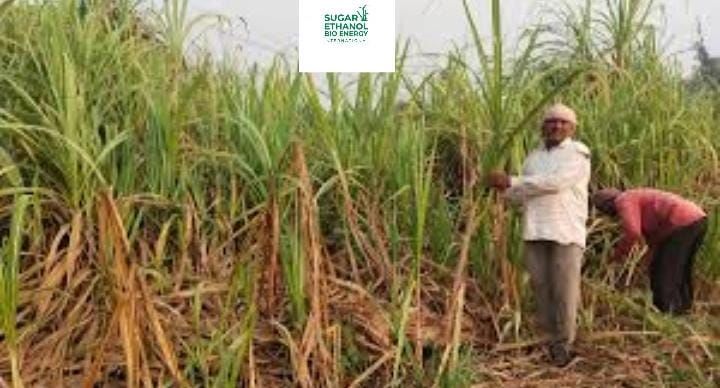
Sugarcane acreage in Telangana has witnessed a sharp decline this season as a growing number of farmers shift toward paddy cultivation. The trend, observed across major agricultural districts, is driven by a combination of economic, climatic, and policy-based factors.
According to agricultural experts, farmers are increasingly opting for paddy due to assured procurement, availability of irrigation, and better returns under existing market conditions. In contrast, sugarcane—once a dominant commercial crop in several regions—has become less attractive due to longer crop duration, high input costs, and uncertain payments from sugar mills.
Districts such as Nizamabad, Kamareddy, Medak, and Sangareddy, historically known for sugarcane production, have reported significant drops in cultivated area. Many sugar mills in the state are operating below capacity, further discouraging farmers from continuing with the crop. Officials from the agriculture department say the shift mirrors a broader trend in the state, where paddy cultivation has expanded rapidly over the past few years due to government support and improved irrigation through projects like Kaleshwaram. Farmers, however, express mixed opinions. While many welcome the steady income from paddy, others fear that overdependence on a single crop could pose long-term sustainability risks, especially considering fluctuating market demands and groundwater challenges.
As Telangana’s cropping landscape continues to evolve, agricultural analysts stress the need for crop diversification, timely payments, and strengthening of value chains to ensure balanced and profitable farming across the state.



